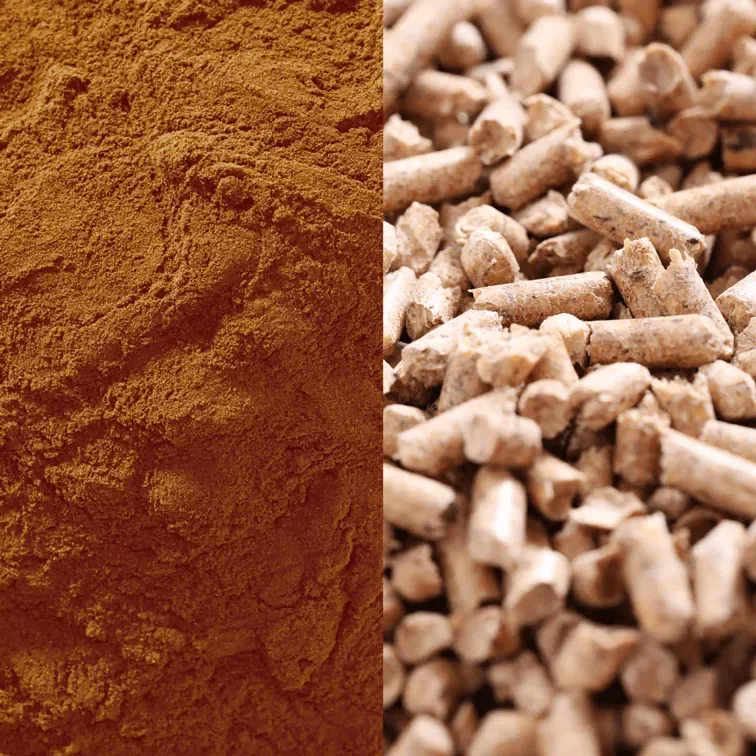Advanced Iron-Based Media for Biogas Purification
Ion-Asia Group delivers cutting-edge solutions for the purification of biogas in the Renewable Energy sector, leveraging the power of Ferric Hydroxide (Fe(OH)₃) and Ferric Oxyhydroxide (FeOOH) to remove harmful contaminants and enhance energy yield.
Why Ferric Compounds Matter
Biogas generated from anaerobic digestion often contains hydrogen sulfide (H₂S), a corrosive and toxic gas that impairs equipment and reduces methane quality. Ferric-based media offer a highly effective, non-toxic, and sustainable method for H₂S removal.
Ferric Hydroxide: Acts as an in-situ desulfurizing agent, reacting with H₂S to form stable iron sulfides. It avoids secondary pollution and maintains microbial health in digesters.
Ferric Oxyhydroxide: Offers superior adsorption capacity and faster reaction kinetics, especially under low hydraulic retention times, making it ideal for high-throughput biogas systems.
Technical Benefits
High sulfur loading capacity
Minimal impact on microbial activity
No introduction of harmful byproducts
Compatible with various biogas reactor designs
Enhances methane yield and process stability
Sustainable Energy, Clean Chemistry
At Ion-Asia Group, we integrate iron-based purification media into custom-designed systems that support clean energy production, reduce maintenance costs, and extend equipment life. Our team provides full lifecycle support—from supply and system integration to performance monitoring and media replacement.
Expanded Benefits of Ferric Hydroxide & Ferric Oxyhydroxide in Biogas Purification
1. Highly Effective H₂S Removal
Both compounds react with H₂S to form stable iron sulfides, reducing H₂S concentrations by thousands of ppm.
This protects downstream equipment like gas engines, activated carbon beds, and heat exchangers from corrosion.
2. Supports Microbial Health
H₂S is toxic to methanogenic bacteria. Iron compounds neutralize it at the source, preserving microbial balance and enhancing methane production.
Unlike harsh chemical treatments, ferric compounds are non-toxic and pH-neutral, minimizing disruption to the digestion process.
3. Process Stability & Flexibility
Ferric Oxyhydroxide is especially effective under low hydraulic retention times, making it ideal for high-throughput systems.
These compounds buffer against H₂S spikes and adapt well to changing feedstock conditions.
4. Improved Dewatering & Nutrient Recovery
Iron compounds aid coagulation and flocculation, improving sludge dewatering efficiency.
They also bind phosphate, reducing struvite formation and enabling phosphorus recovery for reuse in agriculture.
5. Operational & Safety Advantages
Ferric Hydroxide and Ferric Oxyhydroxide are non-corrosive, easy to handle, and safe to dose manually or via automated systems.
Compared to liquid iron salts like ferric chloride, they pose lower safety risks and require less specialized equipment.
“These compounds aren’t just chemical additives—they’re strategic enablers of cleaner, more efficient renewable energy systems. If you're integrating them into Ion-Asia Group’s offerings, they align beautifully with your commitment to sustainability and technical excellence.”


